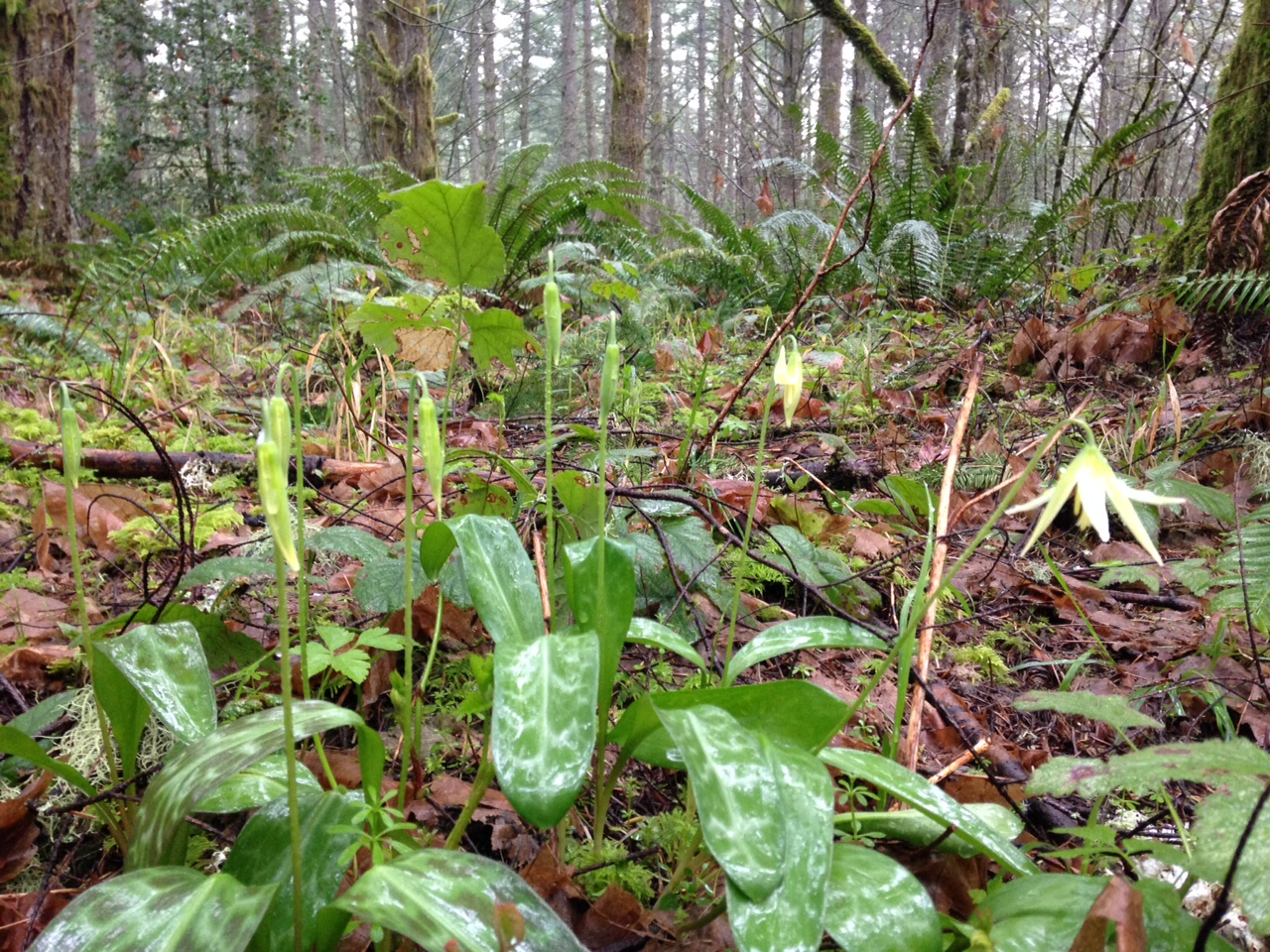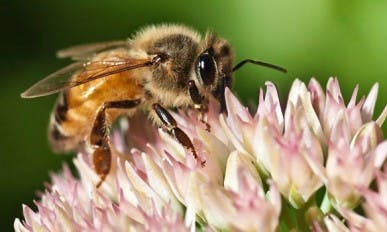The Dirt | Planting Tips for Native Bulbs

Each fall, benton SWCD offers native bulbs and seeds for your fall planting. We’ll generally offer about 12 eye-catching varieties of Willamette Valley native bulbs and various annual seeds. Wow, so many choices!
Once you get home with a bagful of hard-to-find native bulbs, what should you do? This post will help you in your site selection, soil preparation, and bulb placement.

Timing
The best time to plant bulbs is in the fall after the first rains when soils are cool and not so hard. This generally occurs in late October in our area. After you purchase your bulbs at our sale, put them in a plastic bag with ventilation holes so they stay moist yet don’t sweat and mold. Keep the bag in your refrigerator or a cool, dry place until the time is right to plant. Tiger lily and fawn lily are especially susceptible to molding so it is important for them to be kept in a refrigerator until planting time. Keep in mind that if kept in the refrigerator, store away from other fruits as the ethylene off-gassing can damage the undeveloped flower within the bulb.

Location
To plant your native bulbs it’s most important to choose the right spot for each genus. The bulbs in our sale have varying soil, sun exposure, and moisture requirements. Check our Native Plant Sale Catalog or Native Plant Database pages for details on the specific plant’s preferences before planting. For example, most bulbs like well-drained soils but great and common camas need winter and spring moisture.



